NAIRA REDESIGN: EFFECT ON THE ECONOMY AND PEOPLE
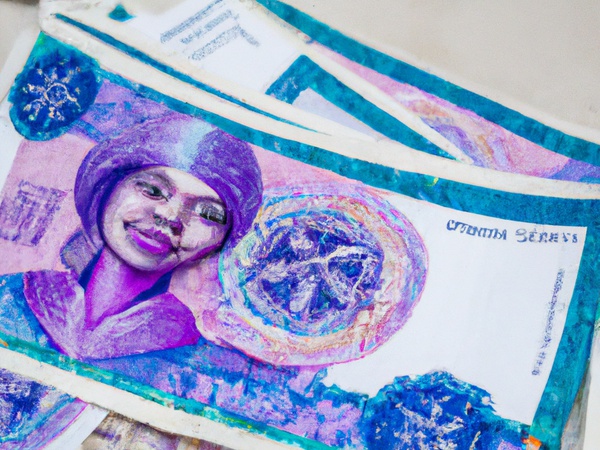
<span class="html-content">
<p>It is no longer news that some notes of the naira have been redesigned and are billed to be put into circulation soon. </p>
<p>On the 26th of October 2022, the CBN announced plans to redesign the #200, #500 and #1,000 denominations, and distribute the new notes to replace the existing ones. The CBN governor, Godwin Emefiele announcing the development, informed Nigerians that the exercise had been approved by President Muhammadu Buhari and that distribution of the new notes would commence on Dec 15th, 2022 and that commercial banks would have them available for public withdrawal. </p>
<p>Meanwhile the old notes would still be accepted for transactions until January 31st, 2023, after which only the new notes would be legally recognised and accepted for transactions.</p>
<p>A country's currency notes can be redesigned or totally replaced for a number of reasons. Although, the main motive has always been counterfeiting threats and keeping counterfeiting levels low. Redesigning a currency helps in improving its monetary security by helping the country to stay ahead of counterfeiting threats and keeping them in check, while making sure it's counterfeiting levels are low. </p>
<p>A country may instead of redesigning, introduce a new currency if there is a major gap between the official exchange rate and the informal or market rate which directly translates to that country's price system being complex and inefficient. Other reasons could be hyperinflation, massive counterfeiting of the existing currency, or even war. </p>
<p>The CBN has said that with the redesign of some naira notes, it hopes to achieve a reduction in counterfeiting, encourage a cashless economy, and stave_off cash hoarding. According to the CBN governor, CBN statistics show that over 85 percent of currency in circulation are outside the vaults of the commercial banks.</p>
<p>He said that, at the end of September 2022, CBN statistics show that #2.73 trillion of the #3.23 trillion currency in circulation, was outside the vaults of Commercial banks across the country, and this amount is supposedly held by the public. </p>
<p>"Evidently, currency in circulation has more than doubled since 2015; rising from #1.46 trillion in December 2015 to #3.23 trillion in September 2022. This is a worrisome trend that cannot be allowed to continue." He said the bank believes this has a direct impact on inflation, which reached a 17-year high in September, 2022. </p>
<p>The CBN with the redesign, also aims to bring more people into the financial sector, and reduce the incidences of kidnapping and terrorism because there will be no notes in circulation for ransom payments. </p>
<p>Going through the aforementioned, it seems like the CBN has engaged on a praiseworthy agenda, but redesigning, producing and distributing of new currency notes, as well as recalling the current notes vis-a-vis achieving the set goals, within the 3-month time frame might be a little too ambitious, even for the CBN.</p>
<p>Usually currency redesigns take quite some time to enable proper planning and implementation but the timing of this redesign of the naira from the day it was announced to the day the new notes were launched to when the new notes will be introduced and finally to when old notes will no longer be accepted is all within a short space of time. The process is being rushed and it leaves questions. </p>
<p>Why the rush? Why must this exercise be completed within 3 months? Does it have anything to do with the elections? What are the policy plans that guide this process? What and where is the evidence that this process will yield the results claimed by the CBN governor. </p>
<p>Section 20 (3) of the CBN act states that “notwithstanding sub-sections (1) and (2) of this section, the Bank shall have power, if directed to do so by the President and after giving reasonable notice on that behalf, to call in any of its notes or coins on payment of the face value there and any note or coin with respect to which a notice has been given under this subsection, shall, on the expiration of the notice, cease to be legal tender”.
As provided above, the only requirement for reissuing currency is that the CBN intends to do so, arranges for the process to be done, and gives reasonable notice of its intention to do so. But has the CBN given reasonable notice?</p>
<p>It would be instrumental to weigh this exercise with other countries who have engaged in it prior and the results it achieved. For emphasis, let us take a look at India's 2016 Demonetisation Policy and the US' current plans to redesign and reissue the US Dollar. </p>
<p>In 2016, the Indian government under Prime Minister Narendra Modi had a plan to stop corruption and reduce the amount of money in circulation by withdrawing and reintroducing the 500 and 1,000 denominations of the Indian rupee within six months.
In 2018, a Bloomberg report stated that the scheme froze “agriculture and small businesses with a liquidity shock, put people through unnecessary hardship, disrupted supply chains, and destroyed demand for everything from autos to property”. Net savings in India were reduced by 50 per cent a year after the policy was implemented. The currency in circulation also increased to 20 trillion rupees from 18 trillion rupees before the policy. </p>
<p>A 2018 report by the International Monetary Fund titled “Article IV Consultation Report on India”, also provided that the disruption caused by the cash shortages dampened consumer and business sentiments. The abruptness of the policy and the consequent shortage of cash led to the policy’s poor performance. </p>
<p>In the United States, the currency redesign and distribution exercise are both systematic and systemic. Before a Federal Reserve note enters circulation, it must pass through four critical steps which are design, order, production and issuance.</p>
<p>According to the US Federal Reserve, the primary purpose of any redesign is security – “the careful integration of exclusive security features to keep cash safe, secure and to ensure the stability of the US economy”. According to the agency in redesigning the currency, “notes must be resistant to increasingly sophisticated counterfeit attacks. New features, closely aligned with and integrated into the new design, are developed to address this threat. More than a decade of research and development, followed by years of optimization and integration testing into the banknote, is required to ensure the successful deployment of these features into US currency”.
The US Bureau of Engraving and Printing, which collaborates with the Federal Reserve as well as the Treasury Department and the US Secret Service, reported that the US has ongoing plans to redesign its currencies. </p>
<p>The Bureau states that “the current denomination sequence and planned issuance dates have been in development with the Advanced Counterfeit Deterrence Committee since 2011: $10 (2026), $50 (2028), $20 (2030), $5 (2032) and $100 (2034). This sequence addresses risk mitigation and counterfeiting concerns”. </p>
<p>Considering the two case studies, a 6 months time frame in the Indian case proved to be counter productive and achieved none of its lofty goals. In the US case, plans have been on to redesign the dollar since 2011 and the first currency to be revised and reissued, the $10 note will be done 15 years after, in 2026.</p>
<p>While there is no provision by law or rather an inadequacy in the provisions of the law of a procedure to effect the redesign of the naira, the next best indexes precedents, regulations & policies of countries that have been successful at the same exercise, and global best practices. </p>
<p>A reference to the Indian and US cases cited above, it is clear that a hurried approach to any redesign exercise proves with a high level of certainty to be counter productive and unbeneficial to the currency and economy of that country. </p>
<p>It goes without saying, that a 3 month time frame for the redesign of the naira notes with goals of achieving all that has been outlined by the CBN governor is too short, will definitely prove counter productive and almost definitely achieve none of its set goals. </p>
<p>At this point, one begins to wonder, that with the plethora of information available to any individual in the 21st century, how does an apex bank, which is partly responsible for the financial stability and economy of over 200 million people and has a retinue of well paid and supposedly well educated staff make such decisions with a high certainty of being counter productive and having adverse effects on the economy?</p>
</span>
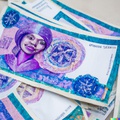

NAIRA REDESIGN: EFFECT ON THE ECONOMY AND PEOPLE
By
 Tari Ogbowei
•
2 plays
Tari Ogbowei
•
2 plays
 Tari Ogbowei
•
2 plays
Tari Ogbowei
•
2 plays
0:00 /
0:00
Other insights from Tari Ogbowei
Referral Earning
Points-to-Coupons
Insights for you.




 2164
2164


















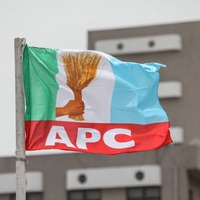









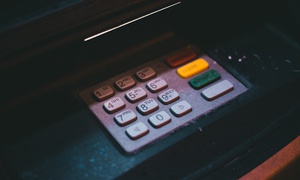

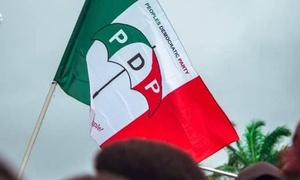
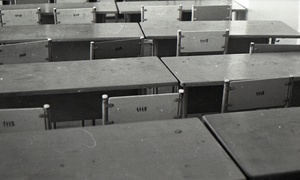








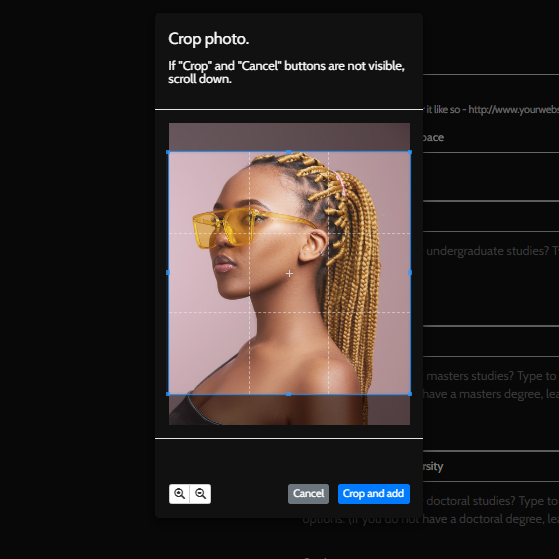







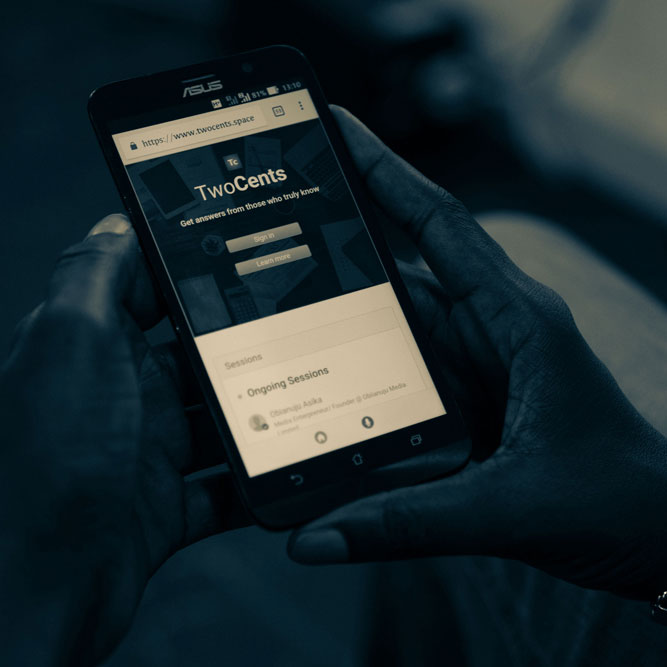












Comments